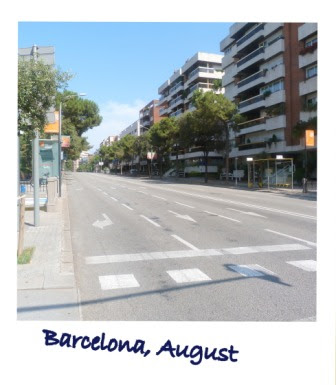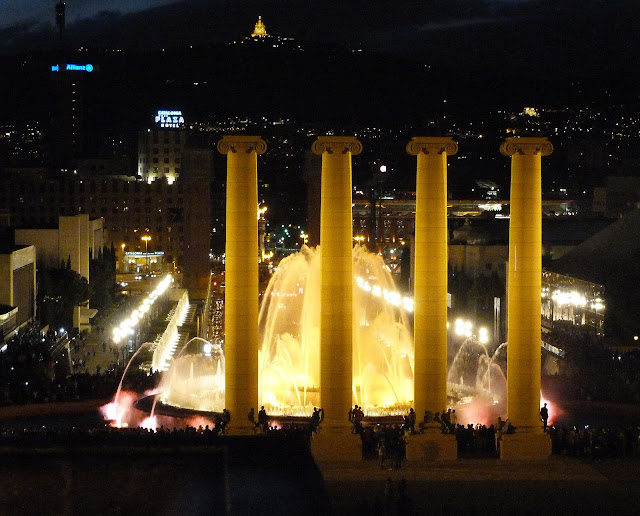“Herman the German” (I call him that because he is a German and his name is Herman) is a decent sort of bloke, but unfortunately drives one of those huge Porsche Cayenne trucks, that makes it very difficult for everyone else to manoeuvre around the car park.
Thankfully the problem is being resolved as Herman has now been shown the error of his ways. The local wildlife gave him the hint, in the form of bird droppings all over the nose of the grosser-wagen. Not just the odd splat, but great cartoonish mounds of the stuff.

Herman had left it at the airport car park in a section where the parking spaces have little roofs to protect vehicles from the sun. Naturally the Porsche was too big to fit entirely under the shade. It is not clear whether the edge of roof was an established evening hang-out spot for Catalonia’s bird population, or if the feathered fraternity gathered especially to marvel at the astounding ugliness of the ungainly Porsche’s front end, but the result is that Herman has concluded that a more compact form of personal transport is in order.
Herman recounted the tale of the airport guano to me in mournful Teutonic tones after he saw me zipping into my parking spot in a Citroen C-Zero all-electric car, the office runabout that I commandeered.
He wanted to know where he could get one.
For getting to work and back, running to the supermarket and for the vast majority of normal motoring needs the electric car works just fine. The initial sensation is the ordinariness, an electric car drives pretty much like any other small car.

It has a surprising turn of speed off the lights, and while it is no road rocket, neither is it a liability on the streets. It is nippy enough to run rings around many big saloons and “off roaders” and is better drive than many small engined cars. The near silent running gives a flattering semblance of refinement, which goes some way towards compensating for the many features that have been dropped to save on weight and power usage, though it does have electric windows and air conditioning.
For the daily commute it needs charged just once a week, which I do in a couple of hours at a fast charger in the office car park, though it could also be done overnight from a regular domestic socket.
The jury is out on the environmental benefits of electric cars. Their manufacture requires some pretty exotic materials which have to be extracted from big holes in the ground and they probably do not significantly reduce overall emissions if your electricity comes from an aging coal fired power station, but it does displace the exhaust gases from city streets. However if you get your power from high efficiency gas turbines, nuclear energy or tidal power and you will be on bounus points in the cleaning up the environment stakes.
One welcome surprise of driving a dinky electric car is that it immediately boosts your popularity with the opposite sex; really it was better than a puppy for attracting female attention.
The most irritating thing about driving an electric car is the constant irritation of people telling you that your car only has an 80 mile range, (“oh really, I did not know that, and there was silly old me planning a road trip to Kathmandu”), coupled with the knowledge that no matter how often you tell them that it is more than adequate for most motoring needs, you know that they are correct. I still need the Mercedes to get up to France.
 The advice to spectators is to cover up, wear a hat and a
scarf (to cover your face) and long sleeves. Synthetics are a no no. This is a
clue to what is going to happen.
The advice to spectators is to cover up, wear a hat and a
scarf (to cover your face) and long sleeves. Synthetics are a no no. This is a
clue to what is going to happen. 
















































